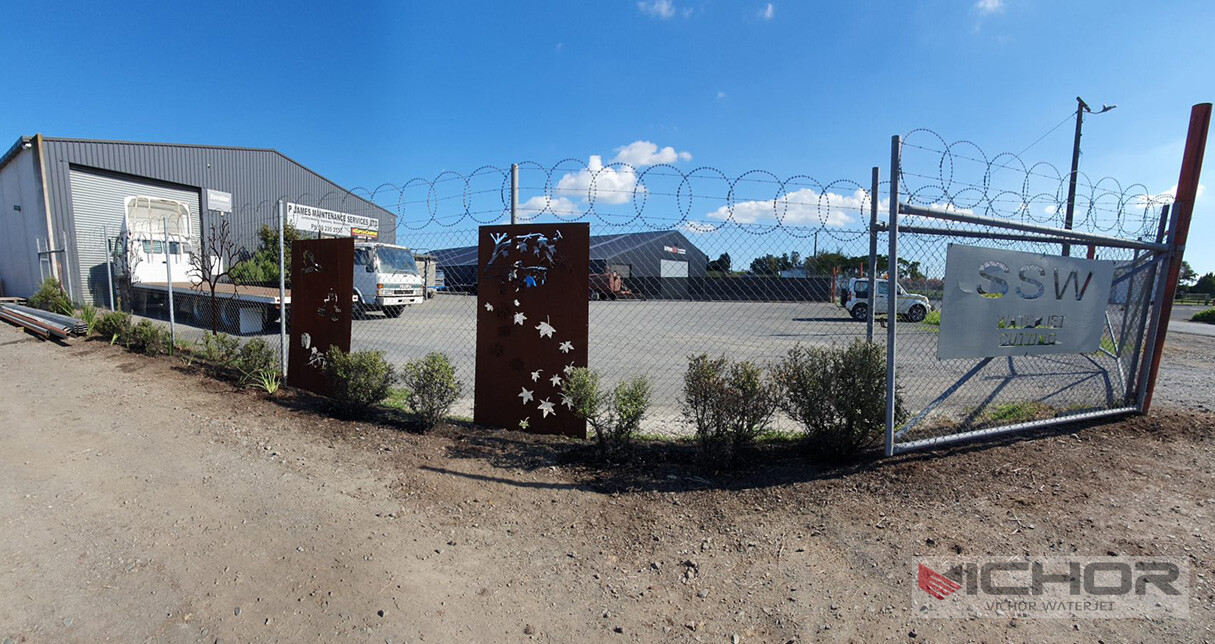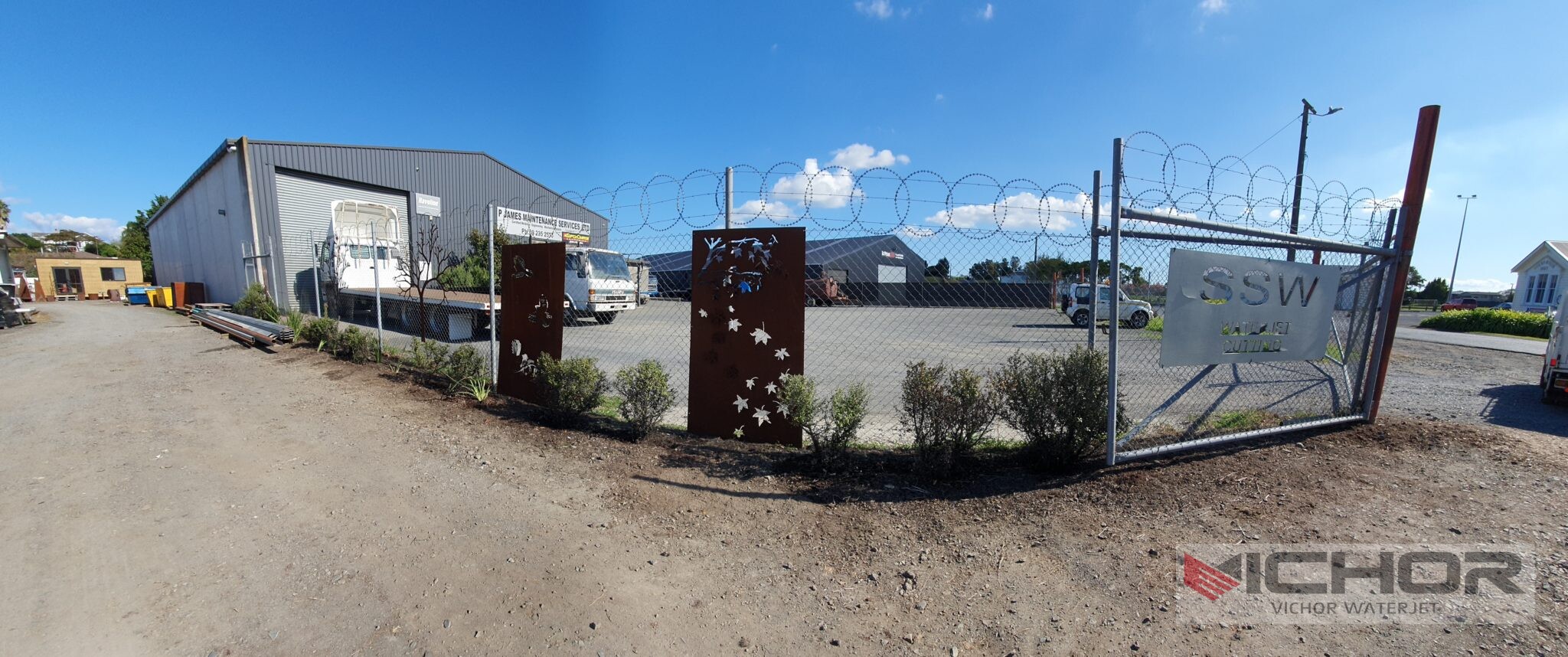
Understanding Water Jet Hole Drilling: Techniques, Applications, and Challenges
In the vast landscape of modern manufacturing and fabrication, precision is paramount. Among the many technologies developed to achieve this precision, water jet hole drilling stands out as a remarkably versatile and powerful method. This process, which harnesses the immense force of a highly pressurized stream of water, often mixed with an abrasive substance, is used to drill, cut, and shape a wide array of materials. Unlike traditional drilling methods that rely on physical contact and generate heat, water jet hole drilling offers a cold-cutting alternative that preserves the integrity of the material. This article delves deep into the mechanics, benefits, applications, and common challenges associated with this innovative technology.
The Fundamental Mechanics of Water Jet Hole Drilling
At its core, water jet hole drilling is a deceptively simple concept powered by complex engineering. The process begins with a standard water supply. This water is then pressurized by an ultra-high-pressure pump to levels that can exceed 90,000 psi (6,200 bar). This incredibly pressurized stream of water is then focused through a small orifice, typically made from a hard material like sapphire or diamond, creating a coherent, supersonic jet.
For cutting through hard materials like metals, stone, or ceramics, an abrasive substance (usually garnet) is introduced into the stream immediately after it exits the orifice. This mixture creates an abrasive water jet, which erodes the material to create a hole or cut a path. For softer materials like foam, rubber, or food products, a pure water jet without abrasive is sufficient for clean and precise water jet hole drilling. The entire process is controlled by a computer numerical control (CNC) system, ensuring pinpoint accuracy and repeatability for every hole drilled.
Key Advantages Over Traditional Drilling Methods
Why choose water jet hole drilling over a conventional drill bit? The advantages are numerous and significant for many applications:
No Heat-Affected Zone (HAZ): This is perhaps the most significant benefit. Since the process uses water and abrasives, no heat is generated. This means the structural and chemical properties of the material remain unchanged. There is no risk of hardening, warping, or creating weak points around the hole due to excessive heat.
Material Versatility: A water jet hole drilling system can handle an astonishing range of materials, from the softest plastics to the hardest superalloys, and everything in between—including composites, glass, stone, and titanium. One setup can drill holes in materials that would require multiple specialized drill bits.
Omni-Directional Cutting: Unlike a drill bit that only moves in a rotary motion, a water jet can start a hole from any direction and at any angle. This allows for the creation of complex, non-circular holes and features that would be impossible or prohibitively expensive with traditional methods.
Environmental and Safety Benefits: The process produces no hazardous fumes or vapors, as it doesn’t involve combustion or melting. The waste material is primarily spent abrasive and slurry, which is easier to manage than toxic metal chips or dust.
Primary Applications in Industry
The unique capabilities of water jet hole drilling make it indispensable across numerous sectors. Its application is critical anywhere that material integrity, precision, and versatility are non-negotiable.
Aerospace and Aviation: Used for drilling holes in sensitive composite materials, titanium components, and aluminum alloys for aircraft structures, where preventing micro-cracks and stress points is critical for safety.
Architecture and Art: Perfect for creating intricate designs, drainage holes, and fixtures in marble, granite, and glass for both functional and decorative purposes.
Automotive Manufacturing: Employed for drilling holes in interior components (like dashboards and carpets), composite body panels, and even for trimming airbag components without generating heat that could compromise them.
Electronics Industry: Used for precise drilling in circuit boards and creating intricate shapes in sensitive materials without delamination or thermal damage.
General Fabrication: Serves as a one-stop solution for machine shops that work with diverse materials and need a single, flexible tool for all their hole-making tasks.
The Critical Role of Abrasive and Orifice Maintenance
The efficiency and quality of water jet hole drilling are heavily dependent on two consumables: the orifice and the abrasive. The orifice, being extremely small, is subject to wear and tear from the high-pressure stream. A worn orifice will cause the jet to diverge, losing its coherence and cutting power, resulting in larger, less precise holes and tapered edges.
Similarly, the abrasive must be of consistent size and hardness. Poor-quality or damp abrasive can clog the delivery system and create an inconsistent cutting stream. The rate of abrasive flow must be meticulously calibrated to the material being cut; too little abrasive won’t cut effectively, while too much is wasteful and can increase the diameter of the kerf. Regular inspection and replacement of the orifice and monitoring of abrasive quality are essential maintenance routines for consistent water jet hole drilling performance.
Common Problems and Challenges in the Process
Despite its many strengths, operators of water jet systems can encounter several common problems.
Tapered Holes: In standard cutting, the jet widens slightly as it travels through the material, creating a V-shaped cut (kerf) that is wider at the top than the bottom. For a through-hole, this results in a hole with a tapered edge. This is often addressed by using specialized “taper compensation” techniques in the CNC programming or by using dynamic head technology that tilts the head to create straight-sided holes.
Abrasive Feed Issues: Inconsistent abrasive flow is a frequent culprit for poor cut quality. This can be caused by moisture clumping the abrasive, a clogged feed line, or an incorrect abrasive-to-water ratio. This leads to uneven cutting, a loss of power partway through the material, and an unfinished look to the hole.
Nozzle Wear and Tear: The focusing tube (or nozzle) where the water and abrasive mix also experiences significant wear. A worn nozzle will disrupt the laminar flow of the abrasive jet, reducing cutting efficiency and accuracy. These components are considered consumables and must be replaced regularly as part of routine maintenance.
Slow Drilling Speed for Deep Holes: While excellent for through-holes and most materials, pure water jet hole drilling can be slower than traditional drilling for very deep holes in extremely thick, hard materials. In these cases, it is sometimes used in conjunction with other methods or with specialized piercing techniques.
Surface Delamination on Composites: If the pressure or abrasive feed is not correctly set for layered composite materials, the water jet can seep between layers and cause delamination or “fuzzing” on the exit side of the hole. Careful parameter tuning is required to avoid this.
Water jet hole drilling is a testament to the innovation driving modern industrial processes. It offers a unique combination of cold-cutting operation, exceptional material versatility, and high precision that is unmatched by many traditional methods. While it presents specific operational challenges, such as component wear and taper, these are well-understood and manageable with proper maintenance and skilled operation. As technology advances, making pumps more efficient and controls even smarter, the role of water jet hole drilling is set to expand further, continuing to provide manufacturers with a powerful, flexible, and indispensable tool for creating perfect holes in virtually any material.
continue reading



